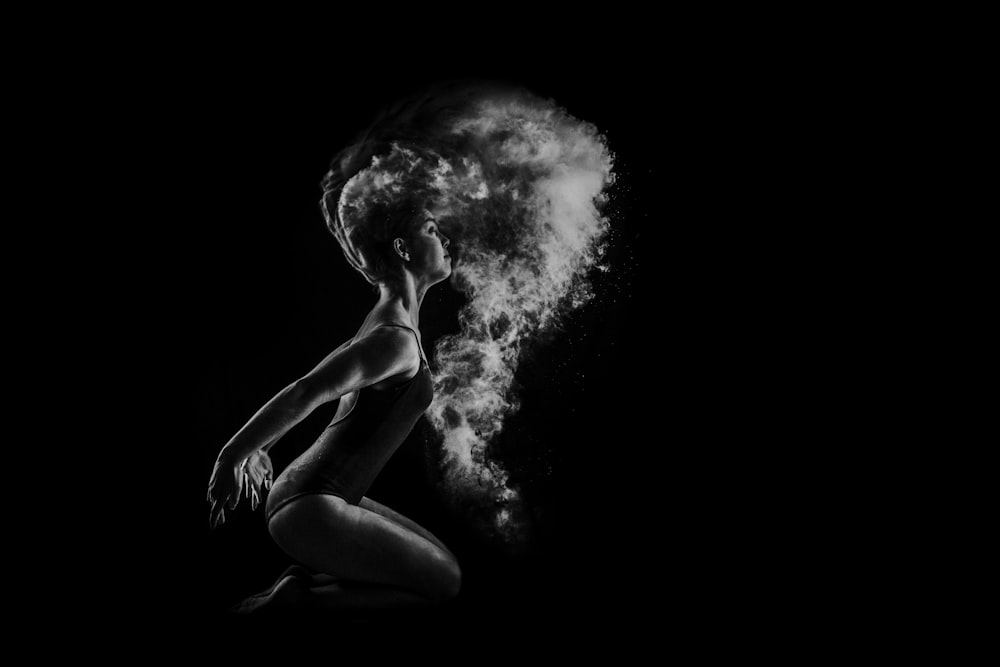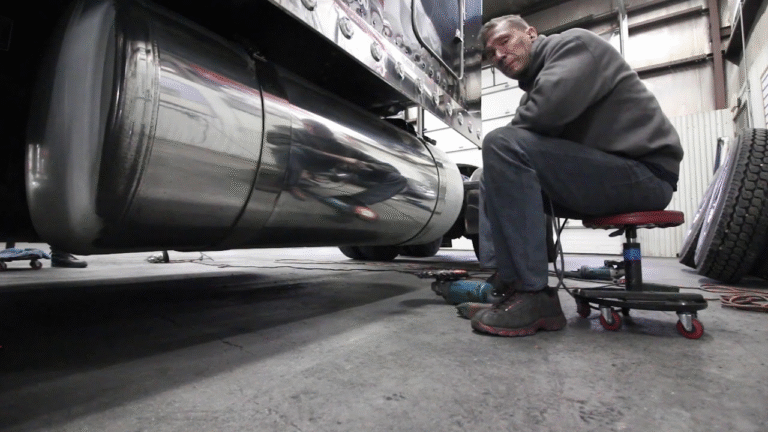
Nepal Everest base camp trek is a lifetime opportunity and one of the great moments of life, so it is also okay to think about the photo in the meantime. You won’t be short of beautiful shots here – between the awe-inspiring snow-capped peaks of the Himalaya, the beautiful Sherpa Villages with the Monasteries, and the life of the Sherpa and its cute little settlement, you would have loads to click on Shutterstock. But just how to leverage the distinctive terrains and lighting conditions at high altitude is crucial to capturing some of the best images.
As there are golden hours, so are there The Magic of Mornings and The Magic of Evenings.
The pleasant manner to get a sense of the nature of the location is probably to make the most of these so-called golden hours, simply after dawn and proper earlier than sunset. At those times, the light is soft and warm and soupy, creating a great look to the peaks and surroundings.
After that, the light can often be harsh, and it makes the shadow harsh, which is not usually what we want in landscape shooting – we want a softer day where we can show texture and feel of the mountain and the terrain. There is nothing more magical in the first light of day than when morning shoots above the likes of Everest Base Camp Trek, Lhotse, and Makalu — just a few of the magnificent peaks. And even you will have chances to write in those notebooks, and take a picture or two, of the captivating, otherworldly sheen the Himalayan snow takes on as soon as the sun says good morning to the peaks.
Show the Scale: Pump It Up and Scale Up! HUMAN NATURE Size matters even more.
The Everest region is immense, and it’s difficult to convey in photographs the areas it encompasses. At their highest points, the mountains soar so very high that you can hardly even begin to think of them. Put someone on the phone. This is an oldie but a goodie. If there are a few foreground elements, a hiker or a Sherpa, this can provide a very nice sense of scale to how big the landscape is, how small we are as humans against such massive peaks.
If you can, photograph the trekkers descending the trail with the sky-stabbing peaks suspended in the background. This juxtaposition of opposites should give a sense of how vast the mountains are and the room in them.
1) Local Culture and Local People.. Emphasis should be on Local Culture and Local People.
And if the mountains are the star, the Sherpa people and local culture are the rock-solid supporting cast. It may seem personal and casual when I aim a lens at a monk in his monastery, a farmer on his land, or Sherpas generally. These photos will take you on a unique journey into the lives of those who call the Everest region home, and bring your experience to a full 360.
Remember also your subjects and their right to privacy when shooting photos of people. NOTE about photos, NEVER tart snapping away at close-ups of your porters noses without at least asking and most likely if you do the Sherpa will want a small donation if you do take their photo. Respect the locals, and you may also get the opportunity to shoot some more authentic photos once you get to know them.
The Dust Trail and Its Accompanying Dustband in the Soho C2 Coronagraph
Everest Base Camp That way, on those days of trekking through the villages such as Lukla, Phakding, Namche Bazaar, et, you will have plenty of opportunities to snap the striking trails, teahouses, prayer flags, and colorful lives of the people. Her,e these photos show the contrast to your families, the pictures are EBC trek’s high mountains, some culture, and local life also.
Better to have photos of you on the serpentine trail. Directing that eye in the photo along the path lines to the peaks/horizon. Add an organic flourish or 10 and you’re set to make these snaps sing – think stone walls, suspension bridges, meditation wheels, et cetera et cetera et cetera.
(Get High) and White Balance Wizardry
The light at high elevations can be very harsh’’ he says, “especially near Mount Everest, where so much light is reflected by snow and ice, and with the air being so thin. So some of the sky can be flattened out in terms of the bright overexposure, and also some of the deeper shadows can be crunched down in the lower, valley areas as well. It’s just as easy to avoid with a little exposure knowledge of your camera.
Tips:
If not, raise the ISO a little if it’s not super bright itself in the AM or PM.
Bracket (take a few exposures at different settings), so that you don’t burn out those highlights or shadow out those shadows.
Composition Rule #1 – The Rule of Thirds (Photos)
Magic will be the composition. Composition is what will ensure that you get fantastic, balanced photos every time. One of these “rules” that you always hear is the Rule of Thirds, where you divide your frame into a 3×3 grid with two vertical lines and two horizontal lines.“we can set out key items within the scene — a mountain, a village, a figure — along these strains or at their intersections, to emphasise them.
Stay Safe and Prepared (Photos)
Pictures are a large part of it, but you already know, look out for yourselves. Epic mountain sojourns like Mt.Cousin Love alphabet soup language jk. For the loved ones, why Everest Base Camp? Essentials Everest Base Camp takes your body out of the equation; you just need to sleep, drink gallons of water, and watch out for the crippling altitude sickness. Never risk your health or safety to get the shot.
In all and gear, you’re handling the robe, and then you keep the gear out of the elements. Rain, snow, and dust, not to mention falls, from the inconsiderate friends can spell disaster for your camera from the top of a mountain. You are not going to use your camera to its utmost in the rain, period, so keep a bad-weather case for it; also, though, if you’re worried about glass elements, you could wrangle a protective filter around your lens if you’re really in a pinch and damp snow is mucking up the glass.
Take care of the planet: Leave no Trace.
I hope you come back with plenty of beautiful photographs and many more friends, and dear, oh for the love of god, always respect the places and people you visit. The Everest Region is a fragile one, and its impact on the region is metastasizing. Hike Leave No Trace trails, so yours is one of the trails that is not abusive to the land.
Don’t hassle the fauna, stick to the trails, and, as always, pack out whatever waste you packed in. We are all photographers; if we all act righteously towards this place, the beauty will continue to live and survive.
Conclusion (Photos)
There are, however, very few (if any) other treks where you get the opportunity to ascend one of the highest mountains in the world as well as witness another culture and way of living in one of the most inhospitable places on the planet. And with these lessons from, and about, he golden hour and beyond, you’ll have the gear and know the science to be able to capture it all, from those grand vistas, sure, and snow-covered summits, all the way to the stunning faces of the Sherpa and the quiet moments on the trail.





